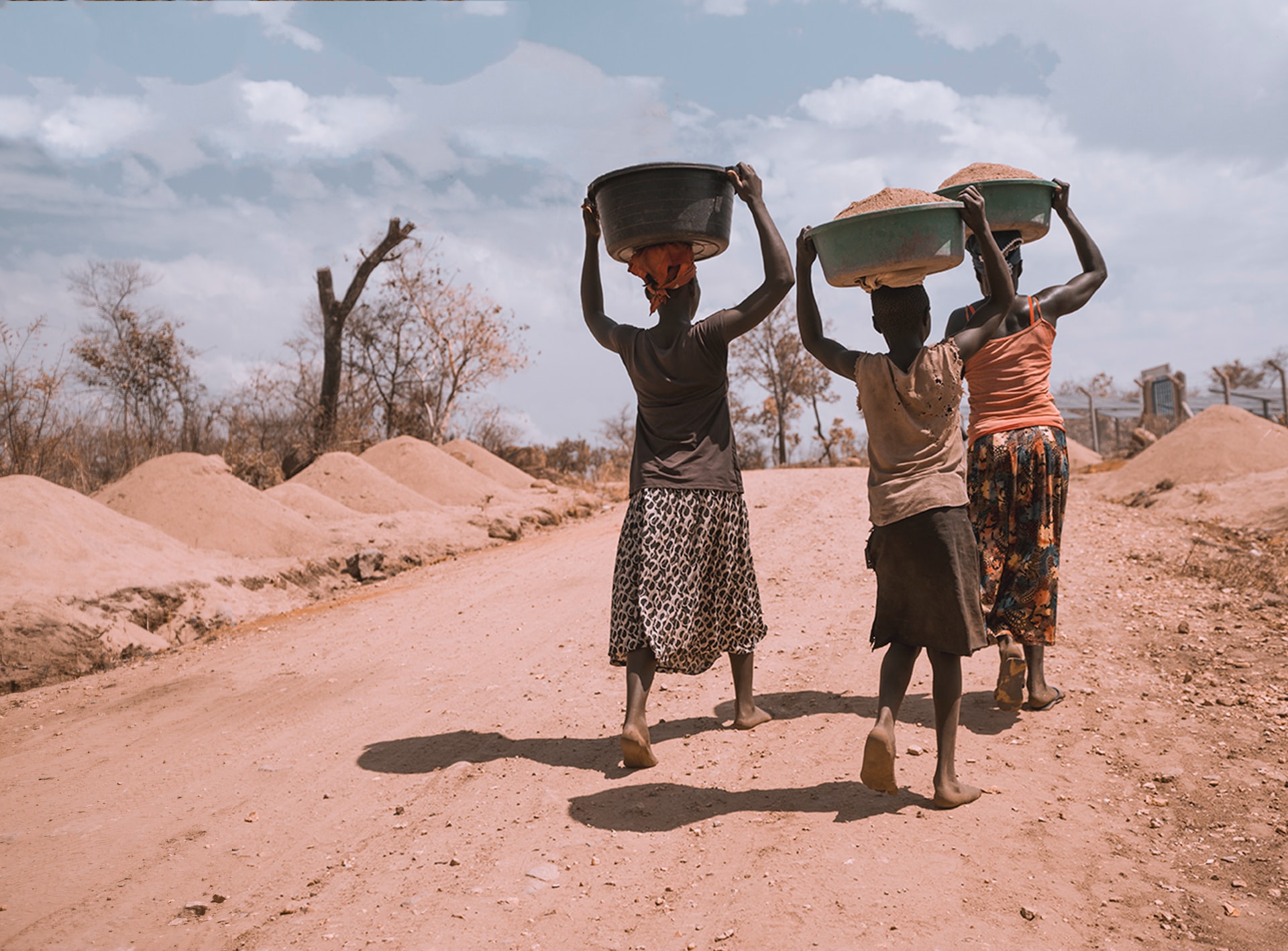One of the most important concerns nowadays is climate change. And while everyone feels its effects, the poorest people in the world are more severely affected. Here are five ways in which climate change is affecting them.
1. Increased costs of food and water:
One of the most immediate impacts of climate change is the increased cost of food and water. As droughts become more common and severe, crops fail, and prices increase. This puts an undue burden on low-income families, who often spend a large portion of their income on food and water.
The effects of climate change on the world’s poorest people have come to the forefront of public consciousness in recent years. The increased cost of food and water is one of the most significant impacts. As temperatures rise and weather patterns become more unpredictable, crops become less reliable. This is causing prices to rise, making it difficult for people who live on tight budgets to afford nutritious food. In addition, as droughts become more common, water sources are dwindling, leading to an increase in the price of this essential commodity. The impact of climate change is not just restricted to financial costs; it also has a human toll. People struggling to afford food and water are being forced to make increasingly difficult choices, and the situation is only likely to worsen in the coming years. With the world’s resources already under strain, the threat of climate change has never been more real or urgent.
2. Displacement:
Climate change is also causing displacement on a massive scale. Rising sea levels are flooding coastal areas, making them uninhabitable. Droughts are making it impossible to grow crops in many areas. And extreme weather events are becoming more frequent and more destructive. As a result, people are forced to leave their homes for safety and a better life. Unfortunately, this often means moving to crowded and dangerous slums where conditions are far from ideal.
One of the most urgent challenges of our time is climate change, and its impacts are already being seen on a global scale. One of the most visible effects of climate change is displacement. As sea levels rise and weather patterns become more extreme, many people are forced to leave their homes in search of safer ground. Unfortunately, the world’s poorest people are often the most vulnerable to climate change and have the least resources to deal with its effects. This is why addressing climate change is so crucial for developed nations. We can contribute to the development of a more fair and sustainable future for everybody by lowering greenhouse gas emissions and helping people who have been displaced by climate change.
3. Poor health:
Climate change is taking a toll on people’s health, especially in poor countries with inadequate healthcare. Extreme weather conditions like floods, heat waves, and others can cause harm and illness. And as droughts become more common, access to clean water becomes more difficult, leading to increased water-borne diseases. All of this affects people’s physical and mental health, further exacerbating poverty.
Human health is already being significantly impacted by climate change, and the world’s poorest populations are most at risk. Rising temperatures and changes in weather patterns lead to more extreme weather events, such as floods and droughts. These events can disrupt communities, lead to displacement, contaminate water supplies, and damage crops. The resulting food insecurity and poverty can further exacerbate health problems. In addition, climate change is a major contributing factor to the spread of infectious diseases. As temperatures rise, mosquito-borne illnesses like malaria and dengue fever can survive and thrive in new regions. In fact, it is estimated that climate change could cause an additional 250,000 deaths per year by 2030 due to vector-borne diseases alone. The health effects of climate change are far-reaching and devastating, particularly for the world’s poorest people. Without action, the situation is only likely to worsen.
4. Lost livelihoods:
Climate change is also causing people to lose their livelihoods as crops fail and extreme weather destroys homes and infrastructure. This not only leaves people without an income but also without hope for the future. When people lose their livelihoods, they often spiral into deeper poverty, which becomes very difficult to escape.
In many developing countries, weather patterns are becoming more extreme, with more frequent and more intense storms, floods, and droughts. This is having a devastating effect on crops and livestock, leading to lost livelihoods and increased poverty. Climate change is also causing sea levels to rise, forcing people to abandon their homes and leave their communities in search of safer ground. As climate change continues to accelerate, the lives of the world’s poorest people will only get tougher. Without action to address the root causes of climate change, billions of people will be left struggling to survive in a world that is increasingly hostile to human life.
5. Gender inequality:
Finally, climate change exacerbates gender inequality in many parts of the world. Women are often responsible for collecting water and firewood, growing crops, and caring for children and the elderly—all tasks that become more difficult in a changing climate. They also tend to be less represented in decision-making processes around climate change, meaning their needs and concerns are often overlooked. As a result, climate change disproportionately affects women, and poverty becomes even more entrenched.
The poorest people are disproportionately affected by the effects of climate change, and women are often the most vulnerable. In many parts of the world, women are responsible for collecting water and firewood and are more likely to be subsistence farmers. As a result, they are frequently among the first to experience the effects of drought, floods, and other extreme weather conditions. Climate change also increases the risk of natural disasters, displacing entire communities and putting women at greater risk of violence and exploitation. In addition, climate change can cause economic disruption, leading to job losses and reduced incomes. This can make it difficult for women to support their families or escape poverty. As climate change continues to impact the world’s poorest people, gender inequality will likely continue to increase.
Conclusion:
Climate change is one of the most pressing issues of our time, with the poorest people bearing the brunt of the consequences. From increased food and water costs to lost livelihoods and poor health, climate change is compounding the already difficult task of escaping poverty. We must do everything we can to mitigate its effects and help the most vulnerable.

